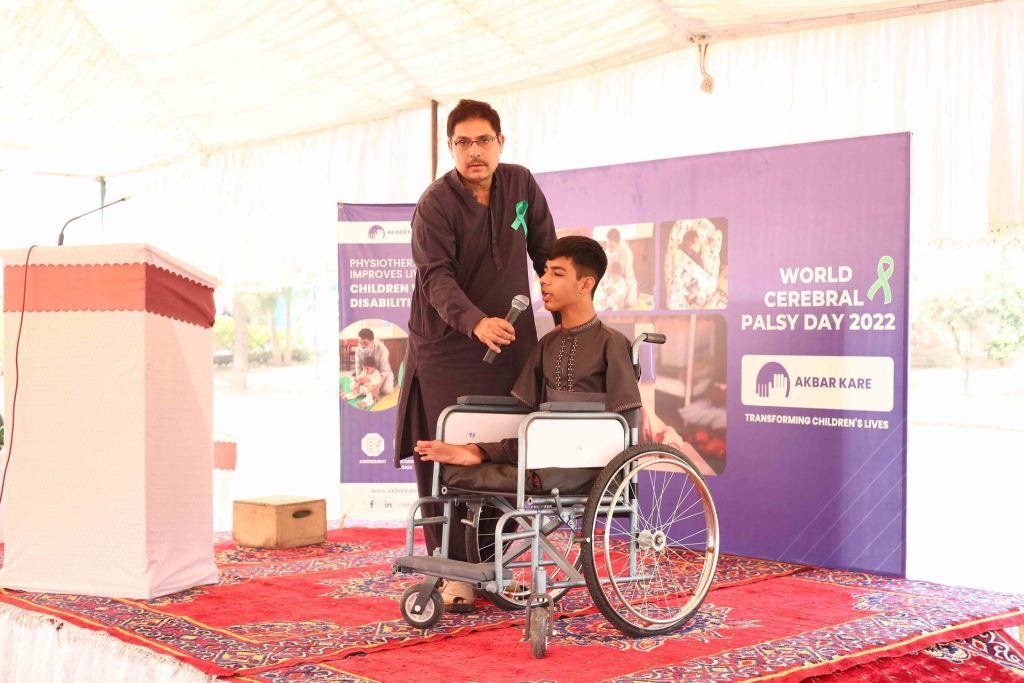UNDERSTANDING CEREBRAL PALSY
The way Cerebral Palsy affects each child can be very different. There are different causes and no two children will have exactly the same issues. However, we do understand that there are criteria that we can use to determine the diagnosis.The diagnosis of CP is described as an ‘umbrella term’, i.e., a group of disorders. This umbrella term means that your child might be mildly affected or more extensively affected.


It is due to a non-progressive interference in the brain. By definition, it is any disruption of the normal development of the brain by whatever cause before it is fully developed, and in any part of the brain. There are a large number of causes for the injury. Most occur before birth, with only 10% due to injury during birth. After birth infections or head injuries may result in Cerebral Palsy.
It is permanent but not unchanging. Once the brain is injured, it doesn’t get worse but the effects on how the baby can grow and develop skills will change with time. For example, if the areas of the brain that helps us have smooth controlled movements is injured and the legs are stiff it will be hard for the baby to learn to sit up and balance at the same age we expect other children to be able to sit. The injury is permanent as we cannot cure damage to the brain.
It affects the immature brain. The baby’s brain develops from the first few weeks of pregnancy and continues to develop rapidly in the first two years of life. If at any stage in that time development is disturbed it can cause Cerebral Palsy.
It affects movement and /or posture and disturbs or delays how children can master the necessary skills of life.
We classify the areas affected by the following terms.
- Hemiplegia is one side affected.
- Diplegia is the lower half more than the upper half (legs more than arms.)
- Quadriplegia is all the body affected.
- This umbrella term also covers the different types of movement problems and medically we have terms to describe these different types of CP.
Some children are too stiff and can’t move much at all. This is termed Spastic or Hypertonic CP. Some children with CP cannot stay still and have spasms of movement. This is termed Dystonic Athetoid CP. Some can’t stay still and have wriggly movements. This is termed Choreoathetoid CP. Some are unsteady and can’t balance or do not have smooth movements, they have poor control over how they pick things up or they walk clumsily. This is termed Ataxic CP.
You will find a lot more information about Cerebral Palsy at:
https://www.canchild.ca/ (CLICK HERE)
First and foremost, all children deserve happy and exciting childhoods with lots of stimulating activities.”
